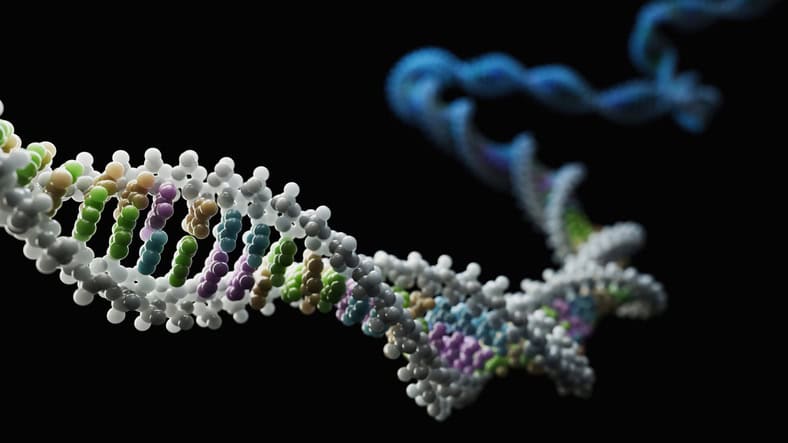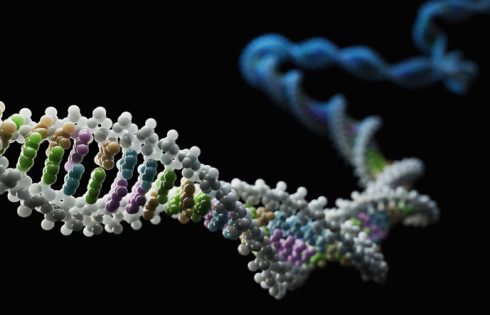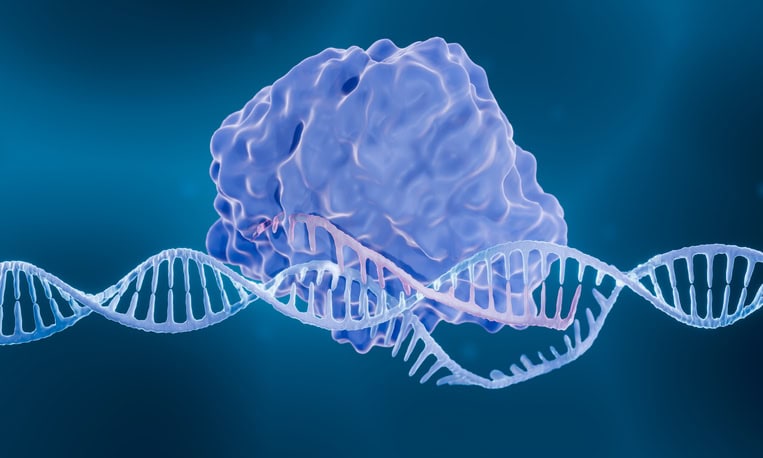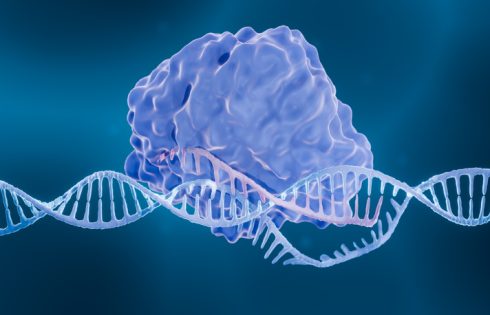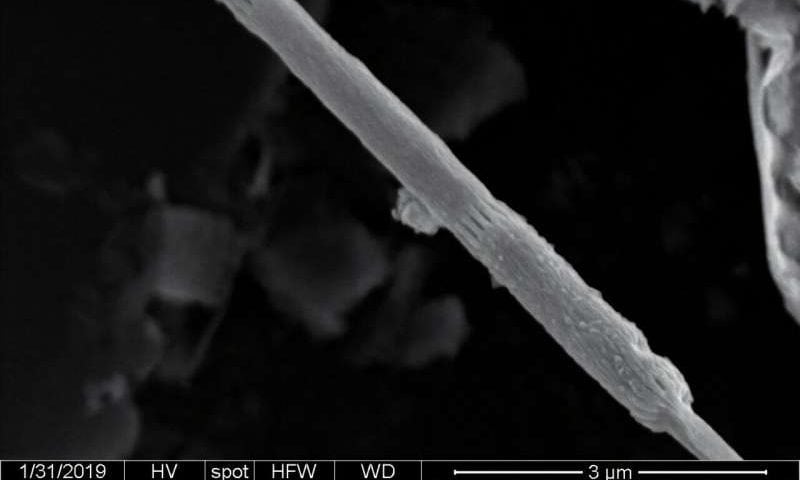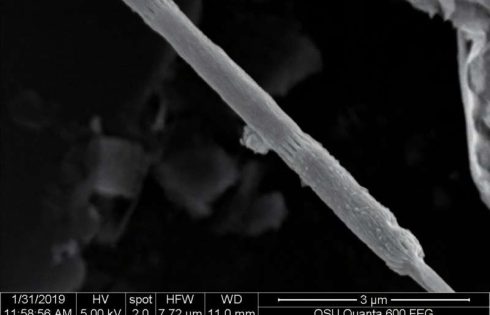
They’re the fixers, the ones who step in when Affordable Care Act enrollees have a problem with their coverage, like a newborn incorrectly left off a policy or discovering that a rogue broker had signed them up or switched their plan without consent.
Specially trained caseworkers help resolve such issues, which might otherwise cause consumers to rack up large doctors’ bills or prevent them or their family members from getting care.
Now, though, the broad federal reduction in force set in motion by the Trump administration has cut the ranks of those caseworkers, slashing two out of six divisions of caseworkers, according to one affected worker and a former Centers for Medicare & Medicaid Services official familiar with the situation, Jeffrey Grant.
Currently, the number of ACA enrollees is at an all-time high of 24 million. The ACA — known as Obamacare — has long drawn disfavor from Republicans and Trump himself. The health law faces additional changes next year that, if adopted, could sow confusion and more problems. Consumers would face a new learning curve with extra paperwork and rules. And the caseworker cuts might extend the time needed to resolve any difficulties.
“It impacts not only our jobs, but all these people we serve,” said one New York City-based caseworker, who was let go in a Feb. 14 purge affecting federal employees in their probationary periods. “Usually, we would have on average 14 days to take care of a case that was very difficult, although the urgent cases would be solved within two to three business days. It will now be delayed so much more. Whole teams got wiped out completely.”
NPR and KFF Health News are not naming the two affected workers in this article because they fear professional or personal repercussions for speaking to the media.
The two teams of caseworkers were dismantled in a haphazard fashion that left some workers without an official notice but locked out of their computers.
The cuts have demoralized caseworkers, whose jobs demand a grasp of complex and arcane health insurance rules in a little-known government department that most consumers don’t interact with — CMS’ Exchange Customer Solutions Group — until they need help.
“The loss in staffing is going to reduce the ability for people to get through” to caseworkers after contacting the marketplace or other organizations for help, said Jackie Kiger, executive director of Pisgah Legal Services, a nonprofit that provides legal and ACA help for North Carolina consumers and is facing a budget reduction under a separate effort by the Trump administration to cut “navigator” funding by 90%. Navigators are government-funded nonprofits that help people enroll in the ACA or resolve problems with coverage.
The federal force reduction aims to decrease the number of employees at agencies within the Department of Health and Human Services from 82,000 to 62,000, including the Centers for Disease Control and Prevention, the Food and Drug Administration, the National Institutes of Health, and CMS.
CMS, which oversees the ACA and other government health programs, will lose about 300 workers, including about 30 caseworkers scattered nationwide. The cuts come amid thousands of other federal job losses, including front-line workers across an array of agencies, from Social Security field offices to the National Park Service.
In a press release, HHS estimated its reduction in force will save taxpayers $1.8 billion per year. No one from CMS responded to KFF Health News’ questions about the caseworker reductions.
What will be affected?
When consumers have a problem with their ACA plan, their first step is usually to call the federal or state marketplace where they purchased coverage.
Those call centers can handle basic questions about plans purchased on the federal exchange, which serves 31 states. (State marketplaces handle their own complex cases and don’t rely on federal caseworkers.)
When someone calls the federal marketplace 800 number with coverage problems, the inquiry probably winds up on a caseworker’s desk, said one affected caseworker. That employee received a reduction-in-force notice several days after losing access to their work computer on April 1.
Caseworkers usually don’t speak directly with consumers, the worker said. Using information sent over by the federal marketplace — including notes taken when consumers called in with problems, as well as ACA applications — they handle or oversee consumer requests, such as canceling a plan or adding a member.
One of the last problems handled by that caseworker involved a child born in November who was not added correctly to the family’s plan for 2024, meaning any care the child received during the last two months of the year was not covered and the family risked being stuck with the bills.
“This person did everything right, including calling the marketplace within 60 days to report the birth and add the newborn to their coverage,” said the worker, who was quickly able to resolve it because it was a marketplace error.
The worker, who is now soured on federal employment and will look for a new job in the private sector, said that caseworkers handled an average of 30 issues a day, but that in recent months the number kept climbing, heading past 45, and grew even more intense after the Feb. 14 dismissal of probationary employees.
“It’s not an easy job,” the worker said, noting the challenge of constantly evolving rules and policies governing health plans.
Ferreting out fraud
In the past year, caseworkers have dealt with cases involving unauthorized enrollments or switching, a problem that ticked up in late 2023, according to KFF Health News investigations, and continued through much of last year, resulting in at least 274,000 complaints to CMS through August.
The complaints centered on practices by rogue brokers who enrolled or switched coverage for consumers without their express knowledge. The result could leave them without access to their health provider networks, drug coverage, or even facing a tax bill.
Though it is unclear how many such complaints fell to a federal caseworker, some improperly switched consumers want to be restored into plans they had originally chosen, while others want them canceled.
“I have seen people who were enrolled and every two or three months a broker would switch them to a different plan,” said the caseworker who was locked out in April. “The more health plans they were enrolled in, the more difficult it was to handle on the back end.”
New hires spend months learning the ropes.
The New York-based worker let go in February during her probationary period said she had joined CMS in October and spent three months in training. Just about a month after completing that training, she was let go — a bitter irony, she said, because she had sought stability in a job with the federal government, having experienced a layoff during her private-sector career.
“I took a huge pay cut — over $40,000 — when I went from the private sector into the government,” said the mother of three whose husband serves in the military. Her federal salary was about $76,000, which is not high for an expensive market like the New York metropolitan area. “But I took it as an opportunity to get in the door and move up. Then, boom, I get hit with another layoff.”
“I can only imagine how hard it is for people with 10 to 15 years with the government who are banking on it for retirement,” she said.
Starting next year, the Trump administration has proposed several changes to the ACA, including ending year-round eligibility for very low-income applicants, requiring additional financial and eligibility documentation, and charging some people a monthly $5 fee when auto-reenrolled in coverage until they confirm their eligibility.
Such changes will “make things harder, so there you will have more things that go wrong,” said Grant, the former CMS official, who founded Schedule F Healthcare Strategies after leaving CMS. “You will then also have fewer caseworkers to handle the work.”







